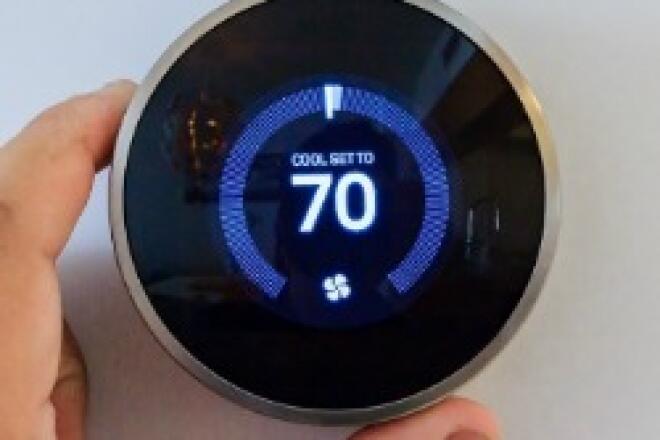
3 Changes Coming to EV Charging in 2023
While electric vehicle (EV) charging is becoming much more commonplace, it’s still an area that many prospective EV drivers have questions about.
For example, how long does it take to charge an EV? How do you find EV charging stations in your area? And how much does it cost to charge compared to fueling a gas-powered car?
Fortunately, there are a number of initiatives underway that are addressing these questions and are improving the overall charging experience for EV owners.
Let’s look at three changes to EV charging that are on the way this year:
1. Tesla’s Supercharger network is now open to other models.
Tesla’s nationwide network of EV chargers have arguably set the standard for convenient and fast EV chargers over the last decade. However, to the chagrin of many EV drivers, they have been limited to only Tesla drivers – until now.
In February, the company announced that they would make 7,500 Supercharger stations available to non-Tesla EVs by the end of next year, but select stations across the country have already “been fitted with adapters for other brand EVs, and drivers in California, Texas, New York and other states have reported using them successfully.”
Tesla will make available at least 3,500 250-kW Superchargers along highways and an unspecified number of Level 2 chargers at hotels, restaurants and other urban and rural locations. This major announcement will certainly help make chargers more accessible and convenient for many EV drivers in the years to come.
2. Companies are partnering to develop charging stations across the U.S.
More and more companies today are throwing their hat in the EV charging ring. For example, Hertz and BP announced a plan to build a network of thousands of EV chargers in major U.S. cities, including Atlanta, Chicago, Denver, Miami, New York City, San Francisco and others.
According to BP, who is planning to invest $1 billion into EV charging by 2030, many of these installations will include gigahub locations, large-scale, fast-charging hubs similar to one previously announced for Los Angeles International Airport (LAX). These hubs “will serve rideshare and taxi drivers, car rental customers and the general public at high-demand locations, such as airports.”
Hertz and BP are not alone, however. A diverse group of companies, including Starbucks, Volvo, ChargePoint, Pilot Company, GM, EVgo and others, have also made plans to roll out EV chargers – not to mention the many efforts from power companies and city and state governments.
3. New standards will improve the experience at public charging stations.
Finally, in a major announcement from the Biden administration in mid-February, a number of standards were unveiled for all federally funded EV chargers. According to the press release, these standards will help develop a “national EV charging network that is user-friendly, reliable, and accessible so that charging is as easy as filling up at a gas station.”
The new standards include requiring a 97-percent uptime for charging stations, helping drivers easily find a charger when they need to, ensuring that drivers do not have to use multiple apps and accounts to charge, and many others. To date, there were no comprehensive standards for EV standards, so these should certainly help improve the experience for EV drivers.
There has been significant momentum in recent months around improving the experience for EV charging, and these are just a few areas where improvements are being made. If you’re a current EV driver or are considering buying an EV for your next vehicle, keep an eye on this area throughout 2023 as more exciting announcements are sure to be made.



